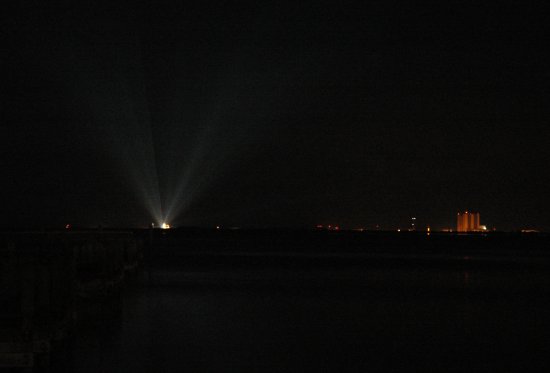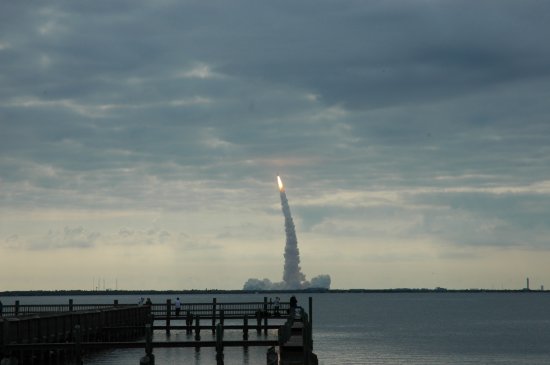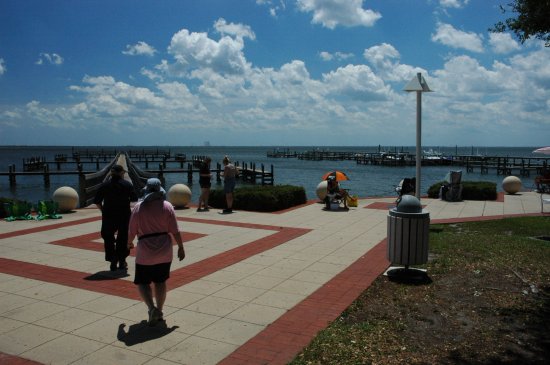Social Security deficits now “permanent”
More thrilling budgetary news: The Social Security deficit is now “permanent.”
Medicare’s hospital insurance trust fund is now slated to run out of money in 2024, or five years earlier than last year’s projection, while Social Security’s trust fund will be exhausted by 2036, a year earlier than the prior projection.
More thrilling budgetary news: The Social Security deficit is now “permanent.”
Medicare’s hospital insurance trust fund is now slated to run out of money in 2024, or five years earlier than last year’s projection, while Social Security’s trust fund will be exhausted by 2036, a year earlier than the prior projection.



